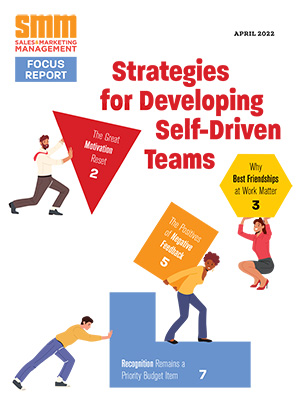Leaders make great speeches about new visions and changes of direction. Resources are allocated to make these happen — training, analyses, etc. — but too often, six months or a year down the road, things are pretty much the same.
What happens? When they get to the hard work of change, leaders and employees who started with good intentions lose their enthusiasm and return to the habits that were working well enough, says Joe Laipple, author of the new book “Rapid Change: Immediate Action for the Impatient Leader” (Aubrey Daniels International).
The first and most important issue relating to change is what you will do now. What are the small steps that will help now and move you one step closer to your desired end state? The traditional path to change overemphasizes lengthy planning. The more effective path deploys the principles of rapid change. Managers engage in brief planning about the change they want, training and feedback are skill-based, in-the-moment with just the right amount of information to get started.
“Define change as what is needed to do today that you can see working — even just a little bit — today,” Laipple says. “Then fine tune what you are doing so that the new things you try work better and better each day.”


